Centering and shuttering, commonly known as formwork, play a vital role in the construction industry. They are integral components of the concrete construction process, ensuring the structural integrity and shape of various elements such as columns, beams, slabs, and walls.
This blog aims to provide a comprehensive overview of centering and shuttering, highlighting their importance, types, materials, and best practices.
Understanding Centering and Shuttering
Centering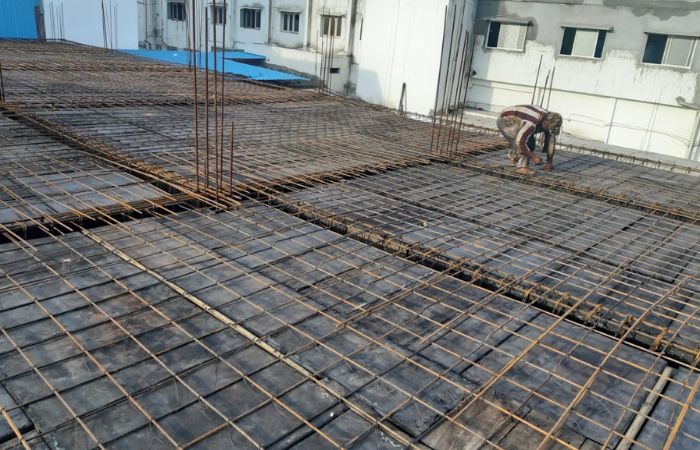
Centering refers to the temporary support system that holds the formwork in place during the concrete pouring process. It provides stability and ensures that the formwork remains in position until the concrete sets and gains sufficient strength.
Centering serves as a crucial element in achieving accurate and precise structural elements.
Primary Purpose of Centering
- Centering holds the formwork in place, preventing any movement or deformation during the concrete casting process
- It helps distribute the weight of fresh concrete evenly, ensuring that the formwork can bear the imposed loads without failure
- Proper centering ensures that the formwork remains aligned with the desired dimensions and shape, avoiding any distortions or deviations
Look out for Best cement for house construction
Shuttering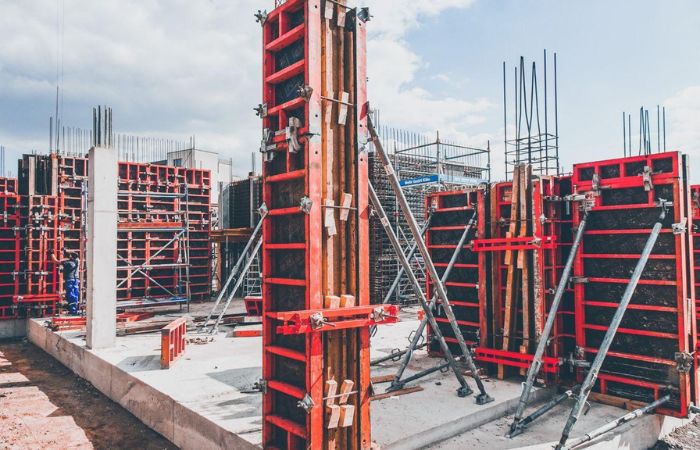
Shuttering refers to the temporary structure or mold used to shape and contain the concrete until it gains sufficient strength to support itself. It plays a vital role in determining the final appearance and quality of the concrete structure.
Shuttering can be made from various materials such as timber, steel, or aluminum, depending on the project requirements.
Primary Purpose of Shuttering
- Shuttering molds the concrete into the desired shape and form, ensuring accuracy and precision
- It acts as a barrier to hold the concrete in place, preventing any leakage or segregation during the pouring process
- Shuttering helps achieve a smooth surface finish on the concrete elements, enhancing their aesthetic appeal
Importance of Centering and Shuttering
- Properly designed and executed centering and shuttering ensure the structural integrity of the concrete elements, enhancing their strength and durability
- Formwork allows for better control over the concrete pouring process, minimizing the risk of defects, segregation, and voids.
- Well-planned formwork systems enable faster construction, reducing labor costs and project timelines.
- Reliable centering and shuttering systems provide a secure working environment for workers, preventing accidents and structural failures.
Have a look at construction cost estimator before constructing
Importance of Formwork
- Provide support and stability
- Shape the concrete
- Controls concrete pouring
- Ensures structural strength
Types of Centering and Shuttering
Traditional Timber Formwork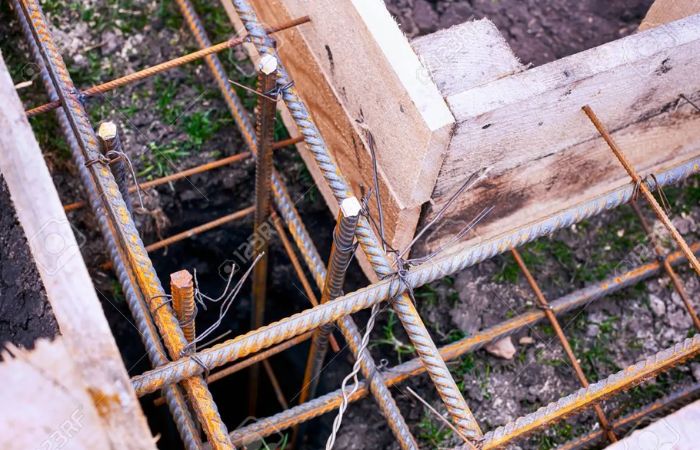
It is widely used in the construction of temporary molds or structures for concrete casting. It involves using wooden planks, beams, and props to create the desired framework system.
Advantages of using Traditional Timber Formwork
- Cost-effective
- Availability
- Versatility
- Easy to work with
- Suitable for complex geometries
- Regular inspections should be conducted to identify any damage
Steel Formwork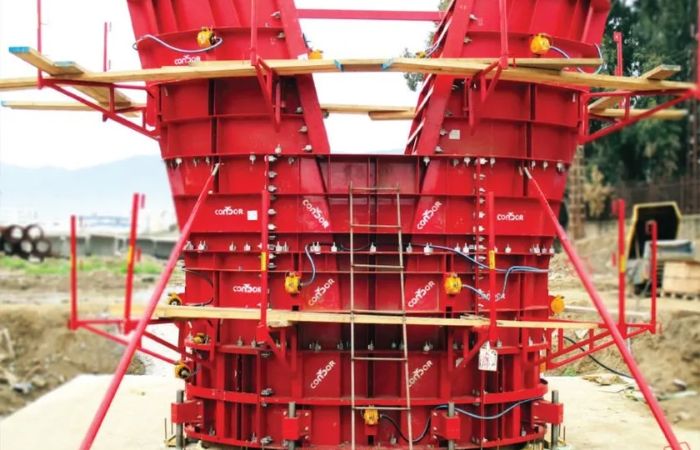
It is a formwork system that utilizes steel plates, angles, channels and props to create temporary models or structures for concrete casting. It is a popular choice for many construction projects.
Advantages of using Steel Formwork
- High load bearing capacity
- Durability and reusability
- Quick assemble and disassemble
- Improved quality and finish
- Compatibility with other systems
Aluminum Formwork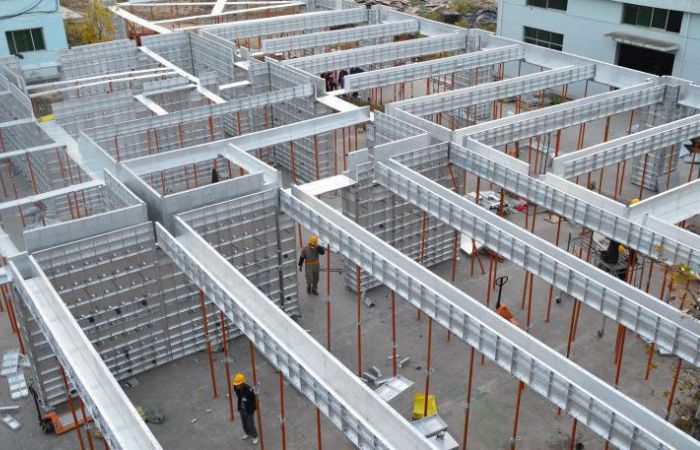
It is a formwork system that utilizes aluminum panels, beams and props to create temporary models or structures for concrete casting. It is known for its lightweight, versatility and ease of use.
See more, How to make earthquake resistant building
Advantages of using Aluminium Formwork
- Lightweight and portable
- High strength to weight ratio
- Versatility and adaptability
- Super Finishing
- Longevity and Durability
- Reduced Labour and material cost
Materials for Formwork
| Plywood | Steel | Plastic |
|
|
|
Best Practices for Centering and Shuttering
| Designing Formwork | Installation and Alignment | Formwork stripping |
|
|
|
Precautions for Centering and Shuttering
To ensure the effectiveness and efficiency of centering and shuttering processes, construction professionals should follow some best practices:
- Proper design: Formwork systems should be designed to withstand the expected loads and pressures exerted by the fresh concrete. Adequate bracing and support must be provided.
- Quality materials: Selecting suitable and durable materials for formwork construction is essential. This ensures stability, longevity, and optimum performance throughout the project.
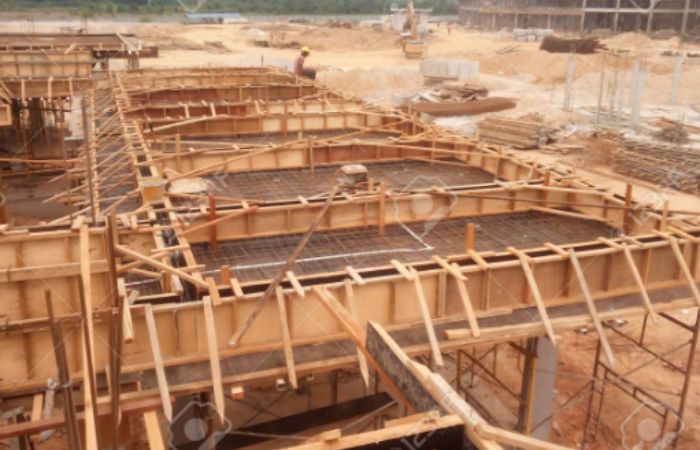
- Skilled labor: Trained and experienced workers should handle the installation, alignment, and removal of centering and shuttering. This reduces the chances of errors and improves overall quality.
- Regular inspections: Regular inspections during the concrete pouring process help identify any issues or deformations in the formwork. Timely corrective measures can be taken to avoid any compromises in structural integrity.
- Safety measures: Implementing appropriate safety measures, such as fall protection systems, secure access, and proper handling of heavy components, ensures the well-being of workers involved in formwork operations.
CONCLUSION
In conclusion, centering and shuttering, also known as formwork, play a vital role in the construction industry. They are essential for casting concrete structures and ensuring their structural integrity, quality and safety.
Both centering and shuttering contribute to efficient construction processes, cost and time savings. They allow for better control over the concrete pouring process, resulting in a higher quality concrete structure with accurate dimensions and shapes.
To ensure successful centering and shuttering, proper design, selection of quality materials, skilled labor, regular inspections, and adherence to safety measures are crucial. These practices help ensure the structural integrity of the formwork, reduce the risk of defects, and create a safe working environment for construction workers.
Tired of old architecture, check here ideas for construction without pillars


